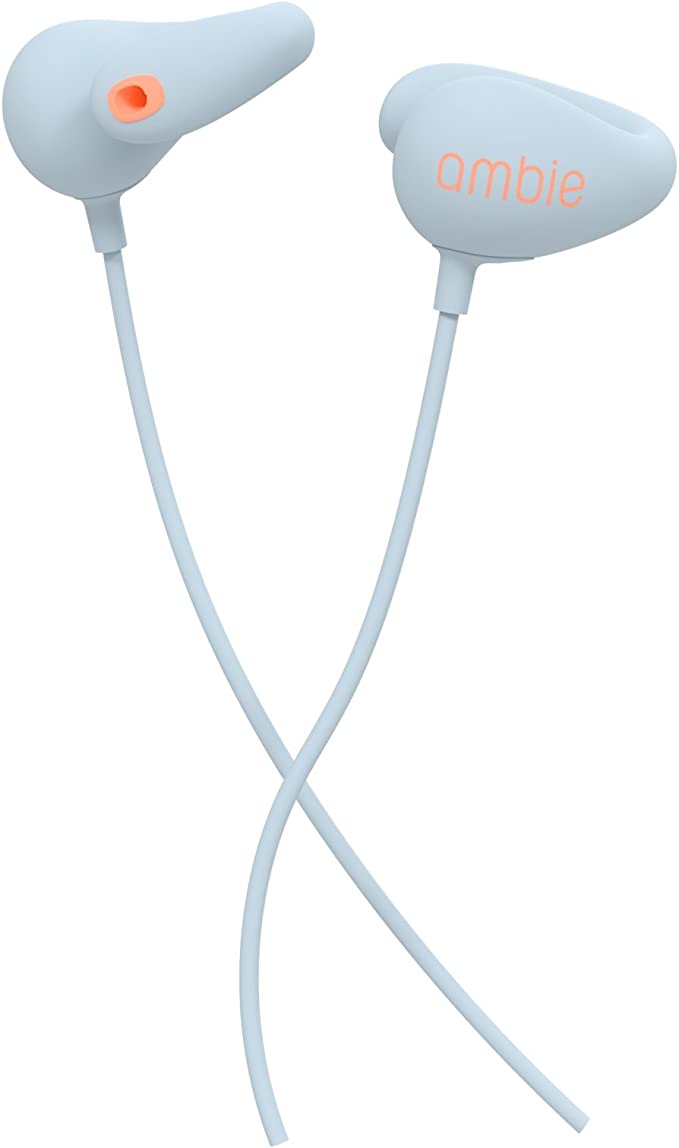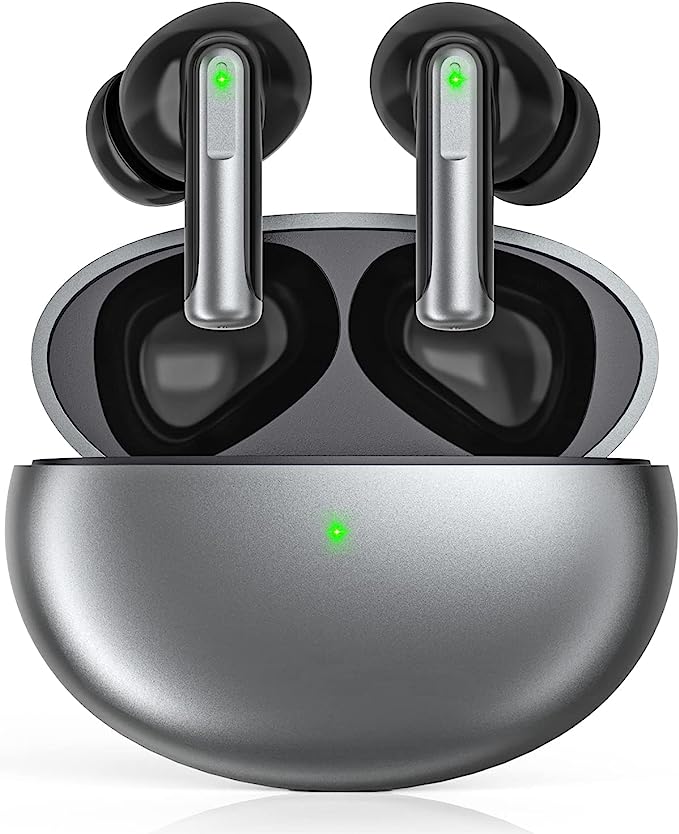The Science of Remote Pet Interaction: How Technology Impacts Animal Behavior
Update on Oct. 14, 2025, 6:17 p.m.
Sarah watched Max on her phone screen, a faint grid of pixels separating her from the small beagle currently engaged in a systematic deconstruction of a sofa cushion. His whines were tinny through the smartphone’s speaker, but the anxiety they conveyed was palpable. This was the daily ritual: Sarah would leave for work, and Max, a rescue with a shadowed past, would descend into a panic. The new device on the mantlepiece, a sleek silver box with a camera lens for an eye, was her latest attempt to breach the lonely silence of her apartment. It promised a connection, a way to project her presence back into the space she had just left. It promised she could talk to him, and even, with a swipe of her finger, launch a treat across the room.
What the packaging didn’t detail, and what Sarah was about to discover, was that she wasn’t just buying a gadget; she was becoming a participant in a complex behavioral experiment. This experiment explores the very nature of the human-animal bond in a digital age and forces us to ask a profound question: when we interact with our pets through a screen, are we truly connecting with them, or are we merely creating a sophisticated illusion of presence? The answer lies not in the technology itself, but in the century-old principles of behavioral science.

The Conditioned Bell in the Cloud
At its core, the most celebrated feature of many modern pet cameras—the remote treat dispenser—is a high-tech application of a concept developed in the 1930s by B.F. Skinner: operant conditioning. The principle is simple yet powerful: behaviors that are followed by rewarding consequences are more likely to be repeated. In his laboratory, Skinner used levers and food pellets. In our living rooms, we use apps and kibble. A device like the Petcube Bites 2, with its ability to “fling” treats on command, becomes a modern Skinner box, allowing for remote positive reinforcement.
When Sarah sees Max pause his destructive chewing and lie down, even for a moment, she can immediately reward that calm behavior with a treat. Over time, Max begins to associate calmness in Sarah’s absence with a positive outcome. This is not manipulation; it is the fundamental basis of all animal training. The technology simply extends the trainer’s reach through space and time. However, the effectiveness of this remote reinforcement hinges on precision and consistency. A poorly timed treat, rewarding the bark that preceded the silence, can inadvertently train the very behavior the owner wishes to extinguish. The device is a tool, but the user must still be a skillful trainer, able to read subtle cues through a 1080p video feed and act decisively.
A Voice Through the Static
But dispensing treats is a one-way street of stimulus and response. What happens when we try to bridge the gap with something far more personal: our own voice? The two-way audio feature in devices like the Petcube, often enabled by a multi-microphone array designed to isolate voice from background noise, promises a direct line of communication. We speak, and our pet, miles away, hears us. The critical question, however, is what do they hear?
Research into animal cognition provides some fascinating, albeit incomplete, clues. A 2017 study in Animal Cognition by D’Aniello et al. suggested that, under controlled laboratory conditions, dogs could recognize their owner’s face on a video screen. Similarly, studies have shown that dogs respond differently to their owner’s voice compared to a stranger’s. Yet, a home environment is far from a controlled lab. The audio, compressed and decompressed by codecs, is projected from a plastic speaker, stripped of the rich, multidimensional cues of a physical presence—scent, body language, and the subtle vibrations of a voice in a shared space.
When Sarah speaks through the device, “Max, good boy,” is Max hearing his beloved owner or a confusing, disembodied sound? The answer likely depends on the individual animal. For some, the familiar vocal tones may indeed provide comfort and a sense of connection. For others, the sound of a voice without a corresponding physical presence can induce confusion and even heighten anxiety, prompting a frantic search for the source of the sound. This highlights a crucial point: the technology offers a channel, but it cannot guarantee the message received is the one we intend to send.

Enrichment or Anxiety Trigger?
This leads to the central paradox of remote pet interaction. Is this digital presence a form of environmental enrichment, alleviating boredom and loneliness, or is it an unpredictable and potentially stressful trigger? The line between the two is remarkably fine and is determined almost entirely by the pet’s individual temperament and the owner’s usage patterns.
Consider the three likely responses a pet might have to a sudden, disembodied voice or a treat appearing from nowhere:
- The Comforted Pet: For a confident, well-adjusted animal, a familiar voice or a surprise treat can be a welcome interruption to a monotonous day. It becomes a positive, engaging event that reinforces the owner’s eventual return.
- The Confused or Anxious Pet: For an already anxious animal like Max, hearing Sarah’s voice but being unable to find her can amplify his distress. The voice becomes a reminder of her absence, a ghost in the machine that makes the emptiness of the apartment feel even larger.
- The Indifferent Pet: Some animals may simply learn to ignore the digital interventions, treating the speaker’s voice as meaningless background noise and the treat dispenser as a random food source, disconnected from their owner’s intent.
The responsibility falls upon the owner to become a remote behaviorist, carefully observing their pet’s reaction through the camera’s wide-angle lens. Does the interaction lead to calm behavior, tail wags, and relaxed postures? Or does it result in pacing, whining, and scanning the room in confusion? The data is right there on the screen; we just need to learn how to interpret it.
The Tool and the Hand That Wields It
Returning to Sarah and Max, the sleek silver box on her mantlepiece is neither a cure for separation anxiety nor a gimmick. It is a powerful tool. In the hands of an owner who understands the principles of reinforcement, who takes the time to observe their pet’s unique reactions, and who recognizes the limitations of a digital connection, it can be a valuable aid. It can help bridge the long, silent hours, reinforce positive behavior, and provide crucial data on a pet’s wellbeing.
But technology can never replace the fundamental needs of a social animal: physical presence, consistent routines, and a secure, loving environment. The unseen dialogue we conduct through our devices is a supplement, not a substitute. Its ultimate success is measured not in the number of treats dispensed or words spoken, but in the quiet, calm behavior of a pet who feels secure, even when they are alone. The goal is to use the screen not just to watch our pets, but to better understand them, so we can provide what they truly need long after we’ve logged off.






























